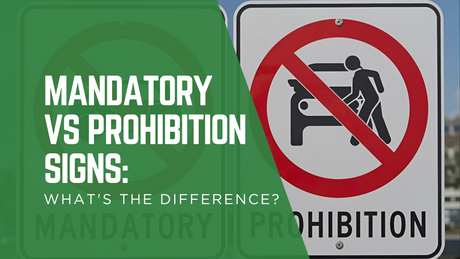Spills pose a significant risk to both human health and the environment, especially when they involve hazardous materials. They can occur unexpectedly, which is why it is crucial for companies to provide spill kit training to their staff. Spill kit training equips employees with the necessary knowledge and skills to respond quickly and effectively in the event of a spill. In this article, we will explore why spill kit training is important and the benefits it brings to both employees and the company as a whole.
Protecting Human Health and Safety:
The primary reason for providing spill kit training to staff is to protect human health and safety. Hazardous material spills can release toxic fumes, cause skin irritations, or even lead to serious injuries if mishandled. Through proper training, employees learn how to identify different types of spills, understand the associated risks, and take appropriate actions to mitigate them. This includes wearing personal protective equipment (PPE), containing the spill, and using the right absorbent materials to clean it up safely. By knowing how to respond effectively, employees can minimise their exposure to harmful substances and reduce the potential for accidents or injuries.
Environmental Protection:
Spills can have detrimental effects on the environment if not managed properly. Hazardous materials can contaminate soil, waterways, or the air, causing pollution and harming ecosystems. By providing spill kit training, companies ensure that their staff understands the importance of preventing spills from reaching drains or entering natural habitats. Employees learn how to contain and clean up spills without further spreading hazardous substances. This proactive approach to spill management helps safeguard the environment and ensure compliance with environmental regulations.
Mitigating Financial Losses:
Spills can result in significant financial losses for companies. The cost of cleanup, potential fines for non-compliance, and disruption of operations can have a severe impact on a company's bottom line. By investing in spill kit training, companies can mitigate these financial risks. Trained employees can respond promptly to spills, minimising the time it takes to address the situation and reducing the extent of the cleanup required. This efficiency helps limit the financial impact and ensures that operations can resume quickly, preventing prolonged downtime and associated losses.
Compliance with Regulations:
Various industries are subject to regulations and standards concerning spill management. Failure to comply with these regulations can result in penalties, legal issues, and reputational damage. Spill kit training ensures that employees are aware of the specific requirements and procedures relevant to their industry. They are trained on proper documentation, reporting procedures, and disposal of hazardous waste. By providing this training, companies demonstrate their commitment to meeting regulatory obligations and maintaining a responsible and compliant operation.
Promoting Safety Culture:
Spill kit training goes beyond technical knowledge. It instils a culture of safety within the organisation. When employees receive training and feel confident in their ability to handle spills, they become more proactive in identifying potential hazards and taking preventative measures. This proactive approach to safety extends beyond spills and can contribute to overall risk reduction in the workplace. Employees become more engaged in maintaining a safe working environment, leading to increased morale, productivity, and employee satisfaction.
The Benefits of Spill Kit Training
-
Increased safety for employees, the environment, and property.
-
Reduced risk of accidents and injuries
-
Reduced cleanup costs
-
Improved compliance with regulations
-
Enhanced employee morale
-
Spill kit training is a cost-effective way to improve safety in the workplace. It is a small investment that can pay off big in terms of reduced accidents, injuries, and cleanup costs.
-
Spill kit training can also help to improve employee morale by showing that the company is committed to their safety.
How to Provide Spill Kit Training
Spill kit training can be provided in a variety of ways. A qualified trainer can conduct it in-house, or they can contract it out to a training company. The training can be delivered in a classroom setting or done online.
The best way to provide spill kit training is to choose a method that is appropriate for the size and needs of the organisation. If the organisation is small, it may be more cost-effective to conduct the training in-house. However, if the organisation is large, it may be more efficient to outsource the training to a training company.
No matter how the training is delivered, it is important to make sure that it is comprehensive and that it covers all of the topics that are listed above. Employees should also be given the opportunity to practise using the spill kits so that they are familiar with the process.
Spill kit training is a vital investment for companies that handle hazardous materials. By providing employees with the knowledge and skills to respond effectively to spills, companies protect human health and safety, mitigate environmental risks, reduce financial losses, ensure compliance with regulations, and foster a culture of safety. By prioritising spill kit training, companies demonstrate their commitment to the well-being




